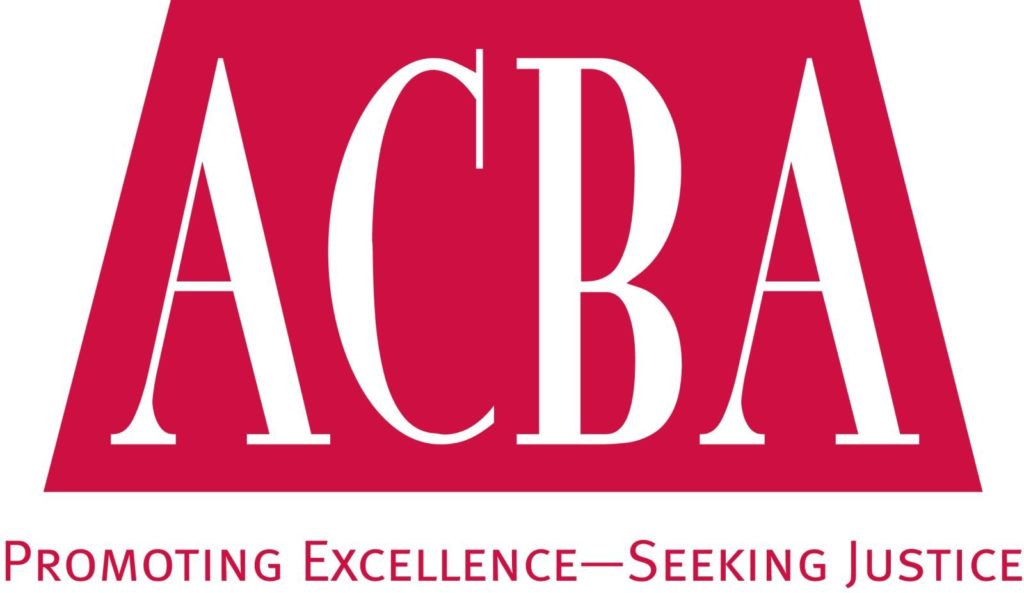 If you want to be an effective trial advocate, you must understand the issue of relevance. Such understanding will boost your chances of persuading a judge to admit or deny questionable evidence and will help you plead and structure your entire case. To be relevant at trial, evidence must be probative of: (1) a witness’s credibility, or (2) a material fact or issue in the trial.
If you want to be an effective trial advocate, you must understand the issue of relevance. Such understanding will boost your chances of persuading a judge to admit or deny questionable evidence and will help you plead and structure your entire case. To be relevant at trial, evidence must be probative of: (1) a witness’s credibility, or (2) a material fact or issue in the trial.
Credibility. A witness’s credibility is always at issue. So is that of an out-of-court hearsay declarant. Evidence that is probative of any of the witness’s four testimonial capacities is generally deemed relevant. The four testimonial capacities are ability to perceive, memory, communication, and sincerity (the latter further subdivided into bias, interest, prejudice, and corruption).
In other words, each witness’s testimony must be not just clear and logical, but persuasive as well. For important testimony, elicit facts that show that the witness’s memory, perceptions, and conclusions are logical, complete, and accurate; and that the witness has no axe to grind. On cross-examination, show the opposite, e.g., “You were 200 yards away?” “ In the two years since this happened, you’ve arrested over 100 other suspected drunk drivers, haven’t you?” “You’re the plaintiff’s sister-in-law, aren’t you?”
Another kind of credibility evidence that judges normally allow on direct exam is brief background information, such as the witness’s age, education, residence, family, job, and outside activities. You should ask these questions if you can–jurors like witnesses more if they know more about them, and your witnesses will have a chance to warm up and get comfortable with this easy, neutral information before getting to the heart of their testimony. But don’t let your witness go too far (“I worked with Mother Theresa for two years”) else you invite objections, the jury’s disdain, or otherwise impermissible character assassination of the witness through the door she just opened.
Logical Relevance. The other type of relevant evidence is that which is probative of a fact or issue material to the case. Probative evidence tends to make the issue or fact more or less likely to have occurred or be true. Whether or not something is probative is a very low standard–“any tendency in reason” in the words of Evidence Code section 210. For example, testimony that the murderer had brown eyes is probative of who did the murder, even though it only narrows down the list of suspects to 200 million or so.
Usually the more important issue is materiality. For evidence to be material, the fact or issue to be proved must have something to do with the ultimate decision to be made, i.e., it must tie directly to a jury instruction. The above testimony about brown eyes would be material if the issue in the case was identity but not if it was a self-defense case. An attorney’s gambling debts are probative of his immediate need for money, which would be material in a legal malpractice case based on misappropriating client funds but probably not on one based on his missing a statutory deadline.
Consider all the different ways that an important piece of evidence might be material. Often important information is specifically inadmissible for its most obvious purpose but may be allowed if you can articulate another basis for materiality. For example, you can’t show that your opponent is insured to prove that she is liable or has deep pockets, but you can elicit evidence that her key witness is an insurance company investigator because it goes to bias. Character evidence rules say you can’t show that 10 other people have slipped and fallen in the produce department at the Rockridge Safeway to prove that it is a dangerous spot, but you can offer the evidence to show notice.
Once you demonstrate materiality of any kind, the evidence becomes presumptively admissible and the burden shifts to the opponent to attempt to exclude it. The ability to come up with alternative theories of relevance is crucial to good trial lawyering–and one of the things that can make it a lot of fun.
Evidence Code Section 352. The flip side of relevance is section 352 and its federal counterpart FRE 403. Even if relevant, evidence may be excluded under the broad provisions of 352 and FRE 403, as less probative than prejudicial, confusing, time-consuming, or misleading to the jury.
Appellate courts give the trial court broad discretion in exercising these rules, so it behooves you to learn all you can about their elasticity, including, if possible, the inclinations of the trial judge. Is the judge concerned about confusing the jury? Or is wasting time her bête noir? Be sure to articulate why admitting the evidence is or is not a problem. “Your honor, if this evidence is admitted I’ll have to put on 15 rebuttal witnesses, and we’ll be here until Christmas!” The best time to raise these issues is during in limine motions, away from the prying ears of the jury.
Next Issue. Next time I’ll turn my attention to the Form of the Question objections that occur frequently during Direct Exam.
Tim Hallahan is the director of the Stanford Law School Trial Advocacy Skills program, a national CLE speaker and in-house trainer, cofounder of The Hecht Training Group, a litigation skills training firm and a Judicial Education Attorney at the Administrative Office of the Courts.
